CLEVELAND, OH, USA: Little has been written about retainer usage and subsequent patient compliance. For this reason, Prof. Manish Valiathan, Assistant Professor of Orthodontics at Case Western Reserve University School of Dental Medicine and member of the American Board of Orthodontics, and colleagues investigated which types of retainers are prescribed, how patients are using them and what happens when they do not follow up orthodontic work with a retainer.
In an initial study, the researchers conducted a survey of 2,000 randomly selected orthodontists throughout the country to investigate the kinds of retainers they prescribed. The majority (58.2 %) of the 658 respondents prescribed removable retainers, about 40 % opted for fixed lingual retainers. Post-braces, the majority of orthodontists said they required their patients to wear removable retainers full-time for the first nine months and then part-time after that. They also encouraged part-time retainer use throughout life.
According to the researchers, specific prior conditions may return without retainers. However, no definitive research has been conducted on the conditions that require ongoing retainer use.
In another study focused on patient compliance, Prof. Valiathan and colleagues found that 60 % of the 1,200 surveyed patients wore retainers more than ten hours a day in the first three months and 69 % wore them every night. By the time retainer users reached 19 to 24 months, 19 % had stopped wearing their retainers, while 81 % were still wearing their retainers, even if it was only one night a week. About 4 % never wore their retainers at all. Furthermore, the study indicated that age, gender and the type of retainer did not affect compliance.
A third study examined the ramifications of no retainer use within the first four weeks after braces removal. Researchers measured patients’ teeth before and after for spacing issues, overbites, underbites and tooth crowding. Thirty patients had the wires removed from their braces, but the appliances were kept affixed to the teeth to monitor any changes without a retainer. Nearly half of the participants showed no movement, and many showed positive settling of the posterior teeth, including the molars. Some however required additional orthodontic treatment at the end of the four weeks.
Further studies on a larger study population are necessary, Prof. Valiathan concluded.
SILVER SPRING, Md., USA: The Food and Drug Administration is advising dental professionals and veterinarians in the U.S. to stay away from handheld x-ray ...
NEW YORK/LEIPZIG, Germany: Scientists in the US have warned of the risks of exposing young children to large amounts of fluoride. In a study published in ...
Ormco Corp., a leading provider of innovative orthodontic solutions for more than 60 years, is excited to announce the official launch of Spark Retainers ...
CHICAGO, Ill., USA: As more than 30,000 dentists and dental professionals begin exploring all that the Chicago Dental Society’s 149th Midwinter ...
BOSTON, Mass., USA: More than 300 continuing education courses are being offered here at the 39th Yankee Dental Congress. According to meeting organizers, ...
NEW YORK CITY, N.Y., USA: Multiple U.S. law firms are seeking shareholders of American Dental Partners in order to investigate claims against the company's ...
A screw-retained implant-supported fixed partial denture (FPD) has certain physical advantages. However, according to several studies they require precise ...
CHICAGO, Ill., USA: It’s not called “Midwinter” for nothing. So it’s no surprise that a bit of wind and snow and a couple thousand ...
MIDDLETON, Wis., USA: Orascoptic, the leader in superior vision solutions for dental professionals, will consolidate its medical-centric brand – ...
NATIONAL HARBOR, Md., USA: Several thousand endodontists are gathered at the Gaylord National resort, located just outside Washington, D.C., for the AAE ...
Live webinar
Wed. 14 January 2026
12:00 PM EST (New York)
Dr. Théo Laplane, Dr. Robert Gottlander DDS
Live webinar
Fri. 16 January 2026
12:00 PM EST (New York)
Live webinar
Mon. 19 January 2026
1:00 PM EST (New York)
Philipp Kopp, Michael Seeber
Live webinar
Thu. 22 January 2026
9:00 AM EST (New York)
Prof. Judith Jones D.D.S; M.P.H., Prof. Kakuhiro Fukai D.D.S., Ph.D, Dr. Bathsheba (Bethy) Turton
Live webinar
Thu. 22 January 2026
2:00 PM EST (New York)
Dr. Nicola M. Grande DDS, PhD
Live webinar
Wed. 28 January 2026
8:00 AM EST (New York)
Live webinar
Wed. 28 January 2026
11:00 AM EST (New York)
Prof. Dr. Jan-Frederik Güth



 Austria / Österreich
Austria / Österreich
 Bosnia and Herzegovina / Босна и Херцеговина
Bosnia and Herzegovina / Босна и Херцеговина
 Bulgaria / България
Bulgaria / България
 Croatia / Hrvatska
Croatia / Hrvatska
 Czech Republic & Slovakia / Česká republika & Slovensko
Czech Republic & Slovakia / Česká republika & Slovensko
 France / France
France / France
 Germany / Deutschland
Germany / Deutschland
 Greece / ΕΛΛΑΔΑ
Greece / ΕΛΛΑΔΑ
 Hungary / Hungary
Hungary / Hungary
 Italy / Italia
Italy / Italia
 Netherlands / Nederland
Netherlands / Nederland
 Nordic / Nordic
Nordic / Nordic
 Poland / Polska
Poland / Polska
 Portugal / Portugal
Portugal / Portugal
 Romania & Moldova / România & Moldova
Romania & Moldova / România & Moldova
 Slovenia / Slovenija
Slovenia / Slovenija
 Serbia & Montenegro / Србија и Црна Гора
Serbia & Montenegro / Србија и Црна Гора
 Spain / España
Spain / España
 Switzerland / Schweiz
Switzerland / Schweiz
 Turkey / Türkiye
Turkey / Türkiye
 UK & Ireland / UK & Ireland
UK & Ireland / UK & Ireland
 International / International
International / International
 Brazil / Brasil
Brazil / Brasil
 Canada / Canada
Canada / Canada
 Latin America / Latinoamérica
Latin America / Latinoamérica
 China / 中国
China / 中国
 India / भारत गणराज्य
India / भारत गणराज्य
 Pakistan / Pākistān
Pakistan / Pākistān
 Vietnam / Việt Nam
Vietnam / Việt Nam
 ASEAN / ASEAN
ASEAN / ASEAN
 Israel / מְדִינַת יִשְׂרָאֵל
Israel / מְדִינַת יִשְׂרָאֵל
 Algeria, Morocco & Tunisia / الجزائر والمغرب وتونس
Algeria, Morocco & Tunisia / الجزائر والمغرب وتونس
 Middle East / Middle East
Middle East / Middle East






























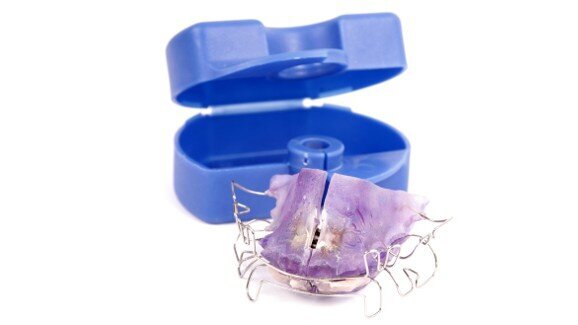





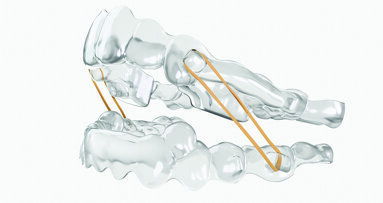



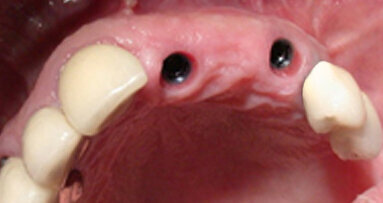
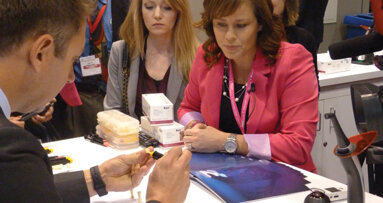

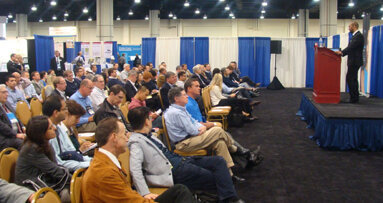

















To post a reply please login or register